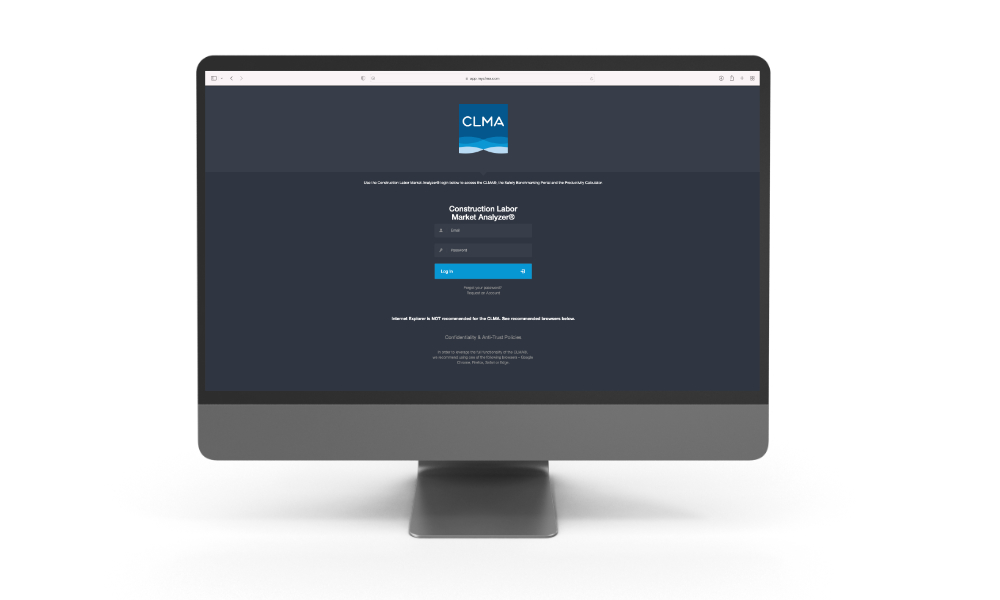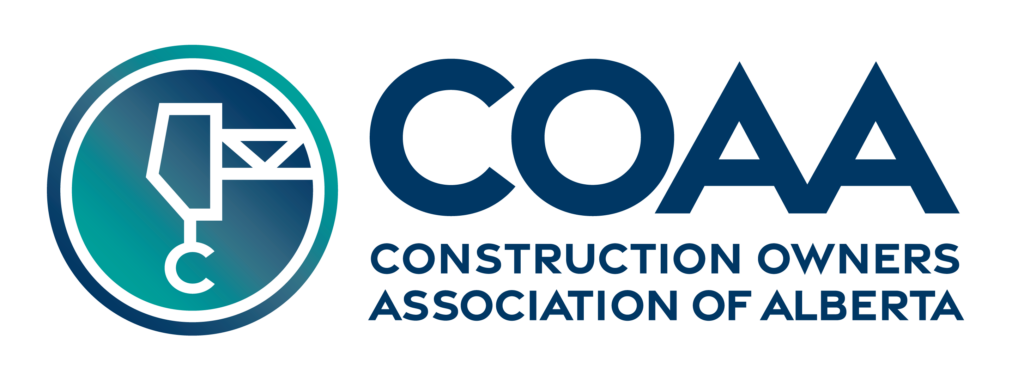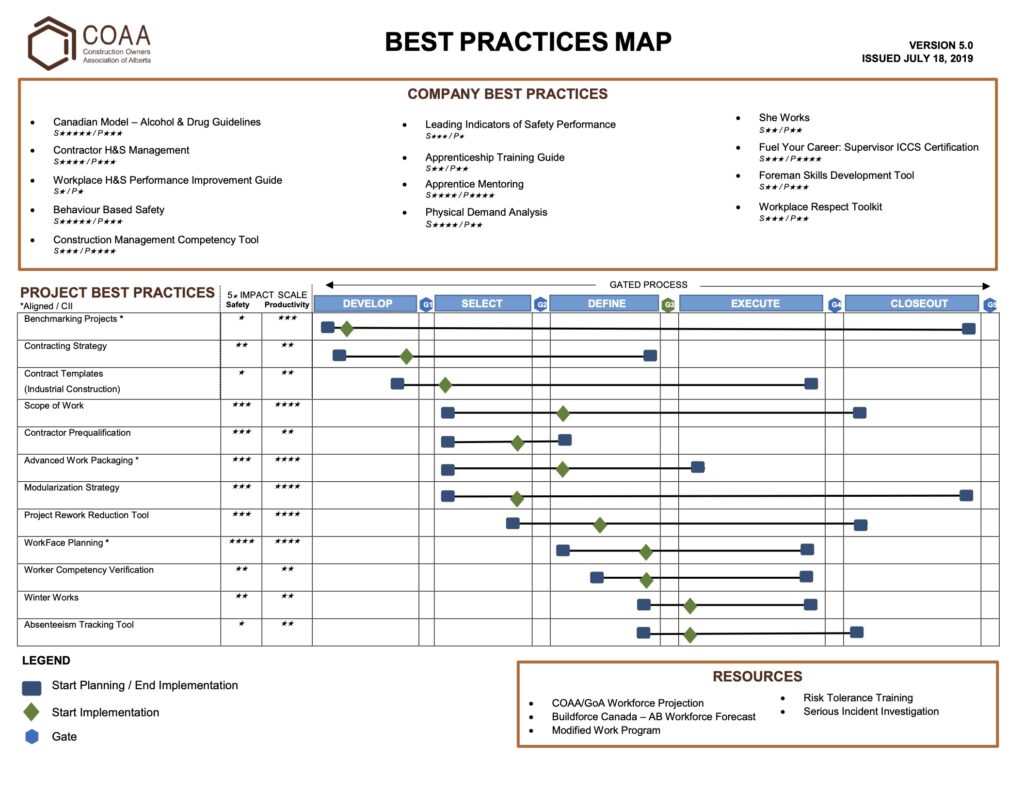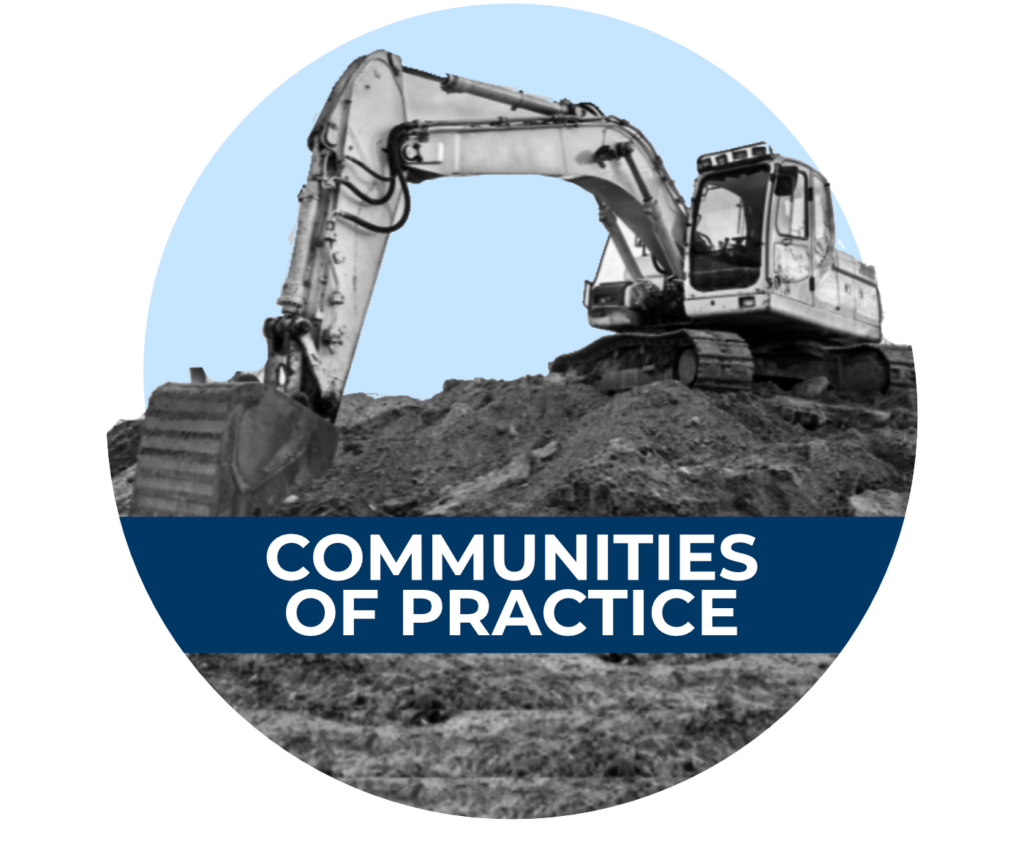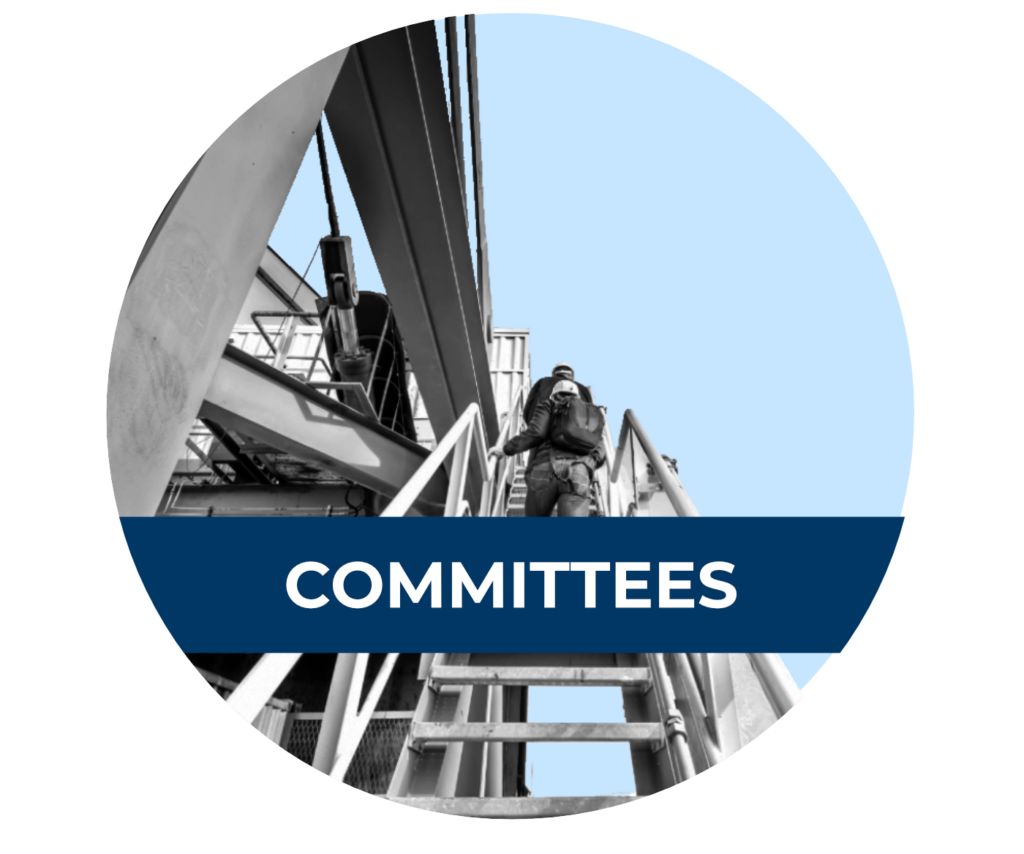What is a High-Level Productivity Calculator (HLPC?)
For decades, the construction industry has been plagued by poor project productivity, particularly the craft disciplines, as well as an incapacity to reverse the trend. We compare ourselves to other industries (E.g. manufacturing) and lament our decline while others have substantially improved. The key differentiators are the metrics for benchmarking and the discipline to change. The opportunity for change has arrived. In collaboration with CLMA, CII and CURT, we’ve launched the HLPC, which enables a project and its craft disciplines to be benchmarked against a validated project index. For more background information, click here.
